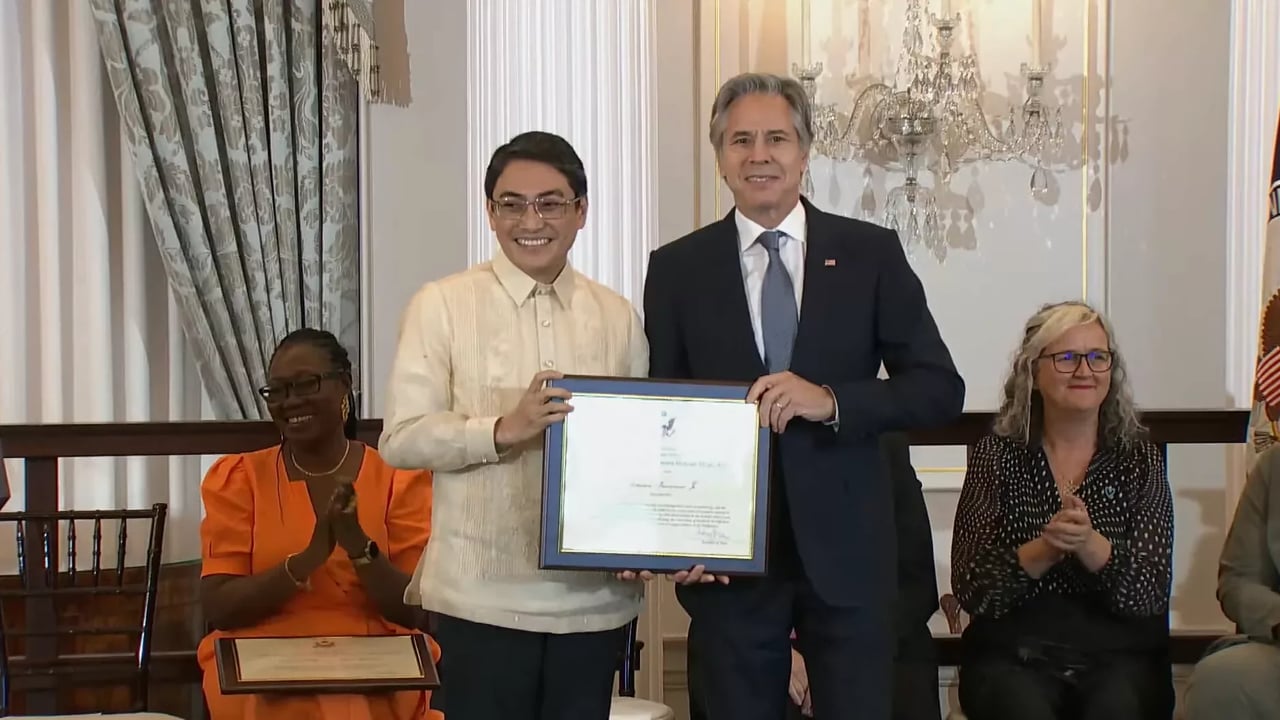Casework
Online Sexual Exploitation of Children (OSEC)
93 results:
-

🎓 Studies
Paradigm Shift: Preventing Livestreamed Abuse of Children
This report exposes the involvement of Australian men in the live online sexual abuse of children, commonly referred to as “livestreaming”. It shows that a worrying number of men are using everyday technologies, such as video-chat and streaming platforms, to direct and watch the sexual abuse of children in real time. Released by the Childlight East Asia and Pacific Hub at the University of New South Wales in partnership with International Justice Mission (IJM), the report draws on data collected and analysed by Childlight with insights and recommendations provided by IJM. Of 1,939 Australian men 18 years or older who participated in the survey, 1.8% admitted to engaging in sexually explicit webcam interactions with children and another 4.7% said they would if offered. -

-

-

-

-

-

-

-

-
🎓 Studies
Scale of Harm: Estimating the Prevalence of Trafficking to Produce Child Sexual Exploitation Material in the Philippines
The production of child sexual exploitation material (CSEM) is an issue that plagues communities worldwide. Yet, the Philippines has been identified as a global epicenter for financially motivated CSEM production, especially via livestreaming. Anecdotal evidence suggests that incidences of this form of trafficking and exploitation in the Philippines are high. In March 2021, International Justice Mission (IJM) launched the Scale of Harm project to measure the prevalence of trafficking of children to produce CSEM in the Philippines. -

-
🎓 Studies
Online Sexual Exploitation of Children in the Philippines
Online Sexual Exploitation of Children (OSEC) is a rising form of child abuse in the Philippines with significant social, health and wellbeing consequences for survivors. In response, this scoping review was undertaken to advance understanding of the current empirical evidence on OSEC in the Philippines and to identify its characteristics, key drivers and leading intervention and prevention approaches in order to develop improved policy and practice responses.